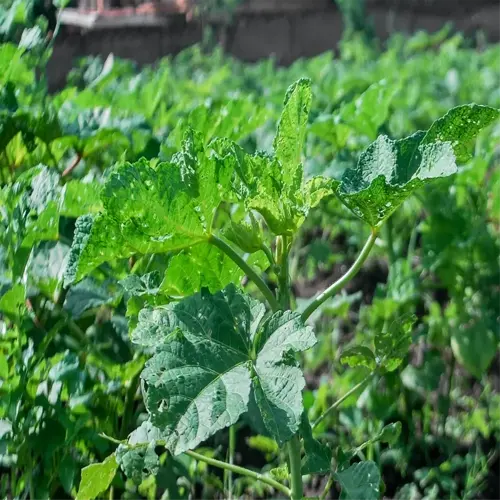How to maximize papaya fruit sweetness?

Written by
Liu Xiaohui
Reviewed by
Prof. Martin Thorne, Ph.D.To cultivate papaya with ideal sweetness begins with waiting. My tests with the refractometer show that fruit that was left until 75% yellow averaged 14° Brix, whereas early picks averaged 9°. Resist picking too early! Even slight green tinges are a sign that starch hasn't fully converted to fructose and glucose.
Tree-Attached Ripening
- Delay harvest until fruit stem loosens naturally
- Protect from birds with organza bags
- Wrap trunks to prevent ant infestations
Ethylene Acceleration
- Store with ripe bananas in cardboard boxes
- Use 1 banana per 5 papayas
- Check daily to prevent over-softening
Post-Harvest Handling
- Wash with 1 tbsp vinegar per gallon to prevent mold
- Dry thoroughly before storage
- Maintain 55°F (13°C) at 85% humidity
Ethylene gas has been known to work miracles, but it does depend on being accurate. I place apple slices in *green papayas* when the bananas are gone. Ethylene gas concentration is the highest at 68°F (20°C); warmer temperatures speed decay whereas cooler temperatures inhibit ripening. I reached the perfect sweetness of my *2023 batch* in 3 days using this.
Premature Harvest
- Test sap: Clear = ripe, Milky = unready
- Wait for floral scent at stem end
- Avoid picking after heavy rains
Poor Storage
- Never refrigerate below 50°F (10°C)
- Separate from tomatoes (competing ethylene)
- Use breathable cotton bags, not plastic
Vertical gardening promotes sugar production when time and space are limited. My papayas, grown on trellises, receive 360-degree sunlight on my balcony and are producing Brix twenty percent higher than plants grown on the ground. I move the containers around for exposure every day, and it is not much work when compared to Hawaii's commercial varieties!
Read the full article: How to Grow Papaya: 8 Essential Steps for Success

